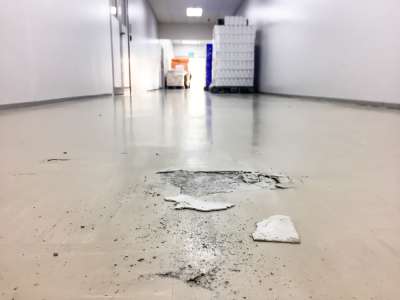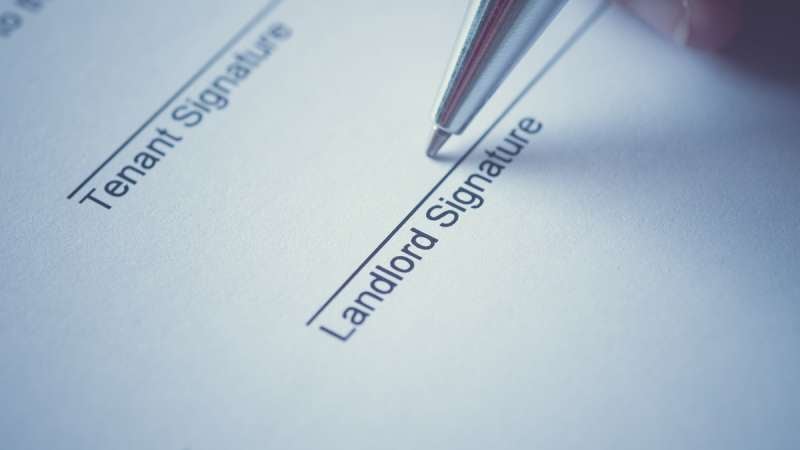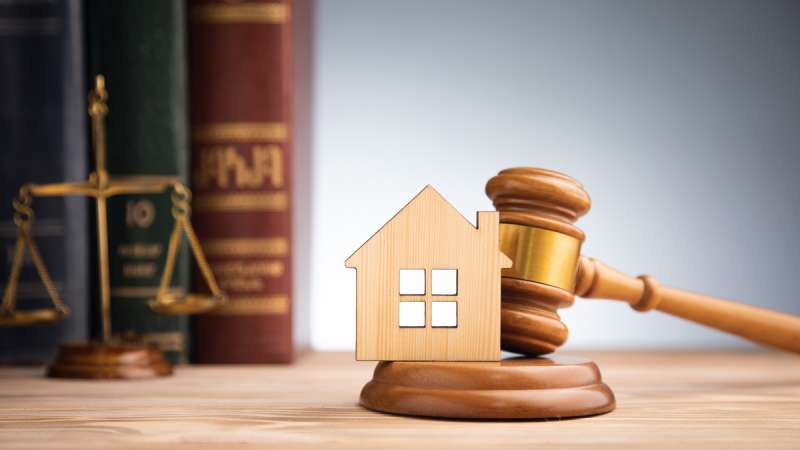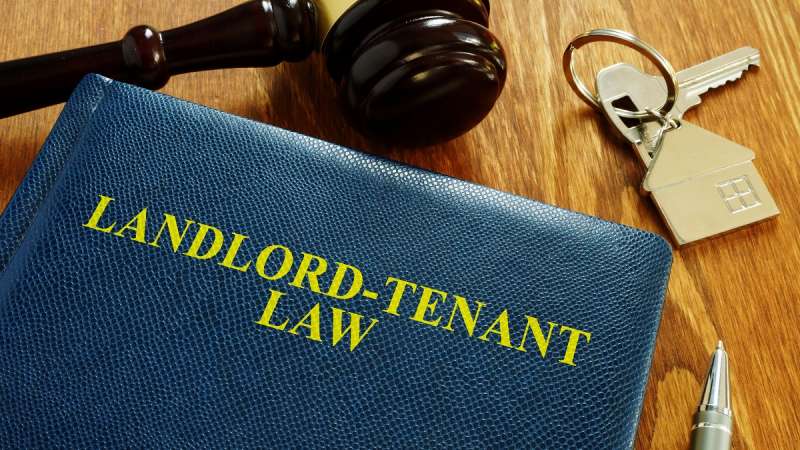
When a lease approaches expiry, a landlord will consider the property's condition and whether the tenant is in breach of any of the lease's clauses relating to the property's repair and maintenance.
When dealing with a terminal dilapidations claim, the parties should consider the provisions of the Dilapidations Pre-action Protocol.
This requires the landlord to serve a schedule of dilapidations on the tenant, which is prepared following an inspection of the property by the landlord's surveyor.
The schedule will detail all the works the tenant must undertake to comply with its repair covenants.
At the end of the lease, a quantified demand (supported by invoices or detailed estimates) may also be served, setting out the landlord's likely losses.
If the tenant has not completed all of the work set out in the schedule, the landlord could issue a claim for damages against the tenant based on the quantified demand.
The amount of damages the landlord can recover is limited by the "statutory cap" which our Property Litigation Solicitors explain below.










